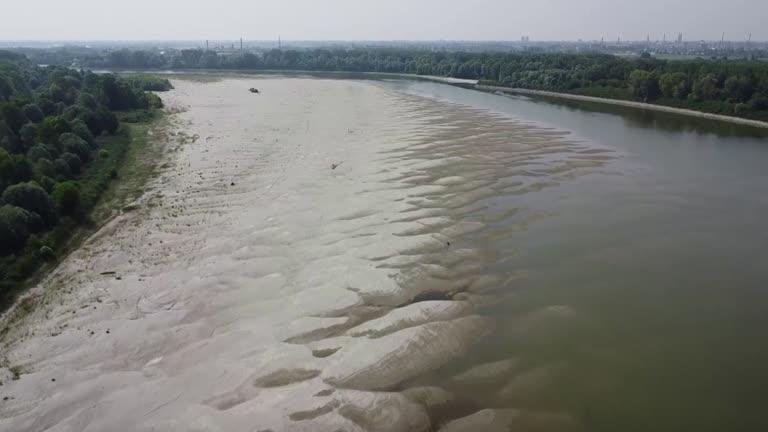The Italian government has declared a state of emergency in five of its northern regions that are facing their worst drought in seven decades.
The state of emergency is applicable in Piedmont, Friuli-Romagna, Friuli-Venezia Giulia, Lombardy, and Veneto until Dec. 31. The government has announced 36.5 million euros ($39.5 million) in funds to help tackle the water shortage.





